Introduction
When it comes to beautifying your garden and adding a vibrant touch to your outdoor space, few plants can rival the charm of the Rainbow Rhythm Daylily. This hardy perennial is a favorite among garden enthusiasts for its stunning blooms, low maintenance, and adaptability. It has multicolor flowers. In this comprehensive guide, we will explore all you need to know about the Rainbow Rhythm Daylily. Whether you’re a seasoned gardener or just starting, this article will provide valuable insights for creating a colorful and eye-catching garden.
10 Plants With Multicolored Flowers To Brighten Your Garden
Rainbow Rhythm Daylily: An Overview
The Rainbow Rhythm Daylily, scientifically known as Hemerocallis ‘Rainbow Rhythm’, is a delightful addition to any garden. Originating from East Asia, this perennial has a rich history in the world of gardening. Its key characteristics include vibrant, trumpet-shaped blooms that come in a variety of colors, from striking reds to calming blues. This diversity of hues makes it an ideal choice for gardeners looking to add a touch of the rainbow to their landscapes.
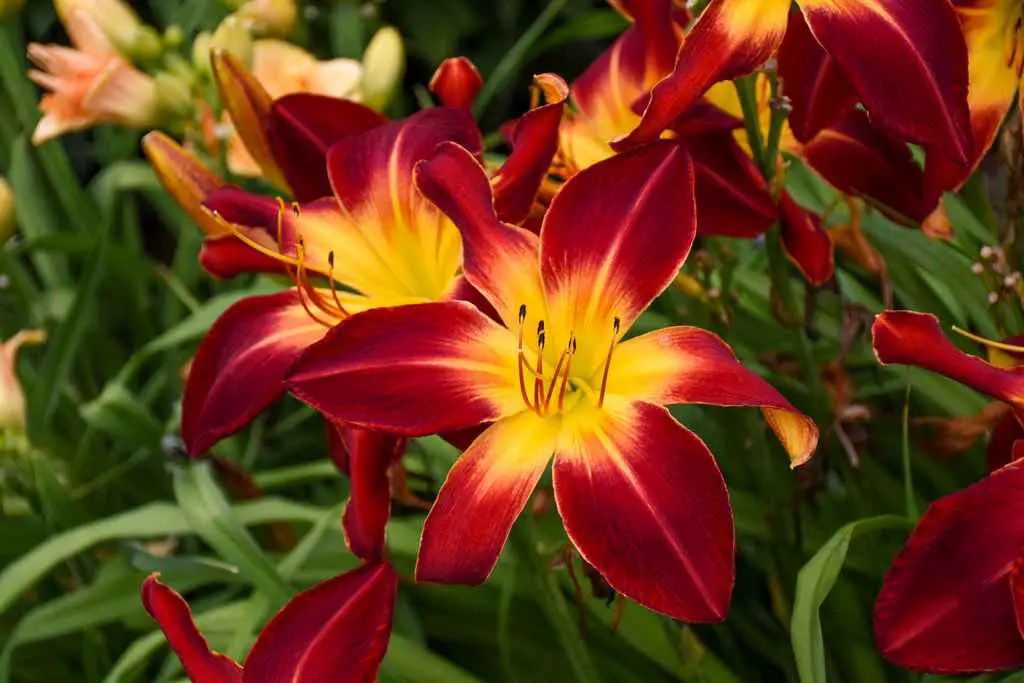
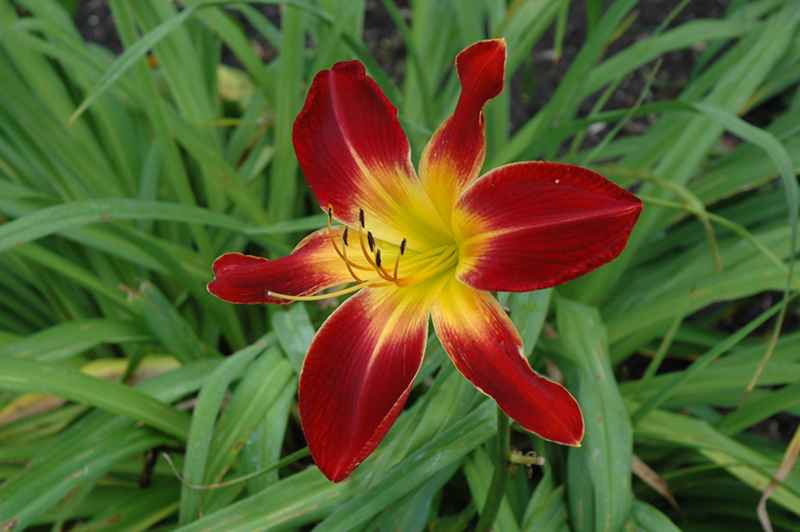
Planting Your Rainbow Rhythm Daylilies
Choosing the Right Location
To make your Rainbow Rhythm Daylilies thrive, choose a location that receives at least 6 hours of sunlight per day. These plants love the sun and will reward you with more blooms when given adequate light.
Soil Requirements
Well-draining, loamy soil is perfect for daylilies. They can tolerate a range of soil types, but good drainage is essential to prevent root rot.
Proper Spacing and Depth
Plant your daylilies about 18-24 inches apart to allow them room to grow. The ideal planting depth is around one inch below the soil’s surface.
Watering and Drainage Tips
Rainbow Rhythm Daylilies prefer moist soil but not standing water. Water deeply but infrequently, ensuring the soil dries out between watering sessions.
Caring for Your Daylilies
Sunlight and Temperature Preferences
These daylilies thrive in USDA hardiness zones 3 to 9. They can endure a wide range of temperatures but perform best in mild climates.
Fertilizing Schedule
Feed your daylilies with a balanced, slow-release fertilizer in early spring and again after the first bloom cycle to encourage continuous flowering.
Pruning and Deadheading
Remove spent blooms to encourage more flowers to bloom. Pruning is minimal, but it helps maintain the plant’s appearance.
Pests and Diseases Management
Daylilies are relatively resistant to pests and diseases. However, occasional monitoring for aphids, slugs, and spider mites is recommended.
Spectacular Blooms
The Rainbow Rhythm Daylily’s most captivating feature is, of course, its vibrant and diverse blooms. These trumpet-shaped flowers come in various colors, including shades of red, yellow, orange, and even bi-color variations. Their peak blooming season typically falls in early to mid-summer, adding a burst of color to your garden when you need it most.
Landscaping Ideas
Companion Plants for a Stunning Garden Display
Consider planting your daylilies alongside complementary plants such as lavender, salvia, or ornamental grasses for a visually striking garden.
Container Gardening with Rainbow Rhythm Daylilies
For those with limited garden space, Rainbow Rhythm Daylilies can be grown in containers. Use a well-draining potting mix and choose a sunny spot for your container garden.
Creating a Daylily Focal Point in Your Garden
Planting a mass of Rainbow Rhythm Daylilies in one area can create a stunning focal point. Choose a variety of colors to make it even more eye-catching.
Tips for Dividing and Transplanting
When and How to Divide Your Daylilies
Divide your daylilies every 3-5 years in early spring or late summer. Gently separate the clumps and replant them in new locations.
Transplanting Guidelines
If you decide to move your daylilies, dig up the entire plant, ensuring you get a good portion of the roots, and replant as soon as possible.
Popular Varieties of Rainbow Rhythm Daylilies
Some of the most popular varieties of Rainbow Rhythm Daylilies include:
- Tiger Swirl: This variety has unique twisted and curled petals that are light golden yellow with a raspberry red eye.
- Orange Smoothie: This variety has large, orange flowers with a pronounced red eye.
- Primal Scream: This variety has spider-like flowers with long, narrow petals that are light yellow with a deep red eye.
- Pink Lemonade: This variety has soft pink flowers with a yellow throat.
- Purple Rain: This variety has deep purple flowers with a yellow throat.
- Arctic Dawn: This variety has white flowers with a yellow throat.
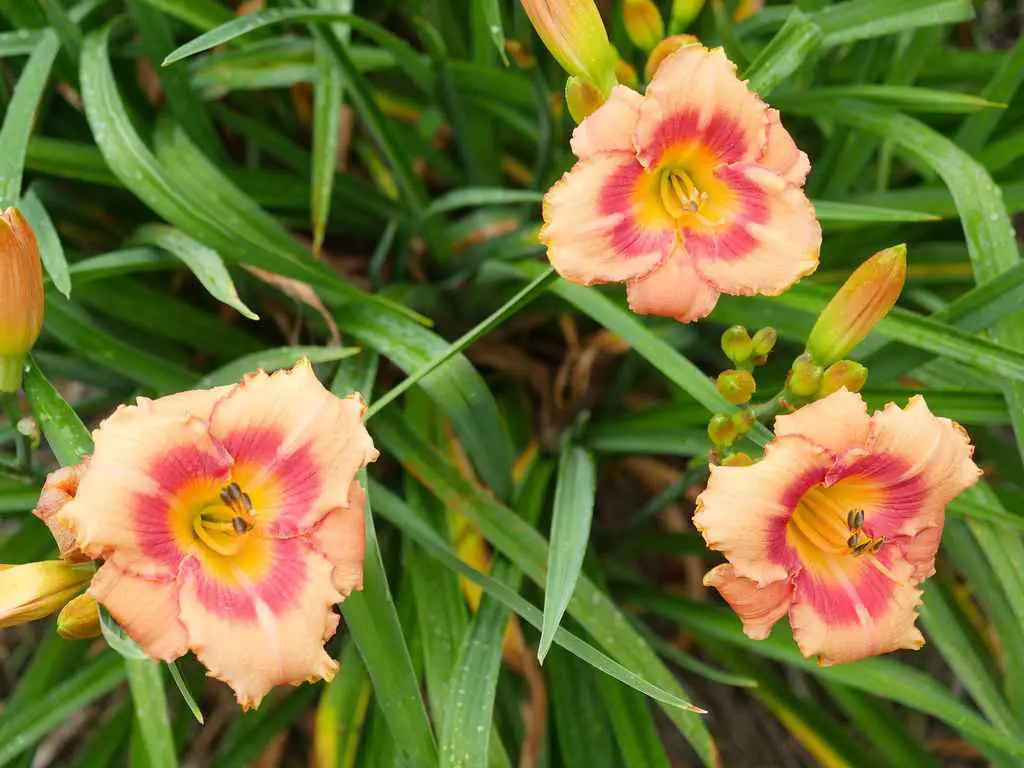
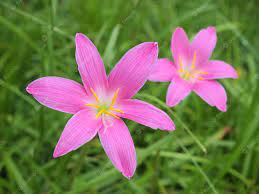
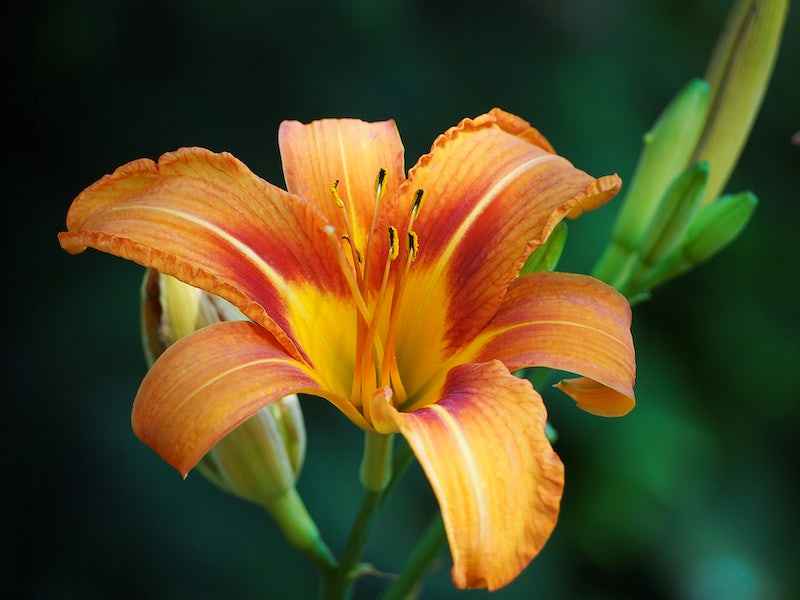
Troubleshooting Rainbow Rhythm Daylilies
Problem: Brown leaves
Cause: Drought stress, fungal infection, or pests
Solution: Water the plant regularly, apply a fungicide, or treat for pests
Problem: No blooms
Cause: Insufficient sunlight, nutrient deficiency, or overwatering
Solution: Make sure the plant is getting enough sunlight, fertilize regularly, and water deeply but less often
Problem: Small or deformed blooms
Cause: Thrips, spider mites, or other pests
Solution: Inspect the plant for pests and treat accordingly
Problem: Plant is not growing
Cause: Poor soil drainage, nutrient deficiency, or pests
Solution: Amend the soil to improve drainage, fertilize regularly, and treat for pests
Frequently Asked Questions
- Q1: How often should I fertilize my Rainbow Rhythm Daylilies?
- A: Fertilize them in early spring and after the first bloom cycle, using a balanced, slow-release fertilizer.
- Q2: Do these daylilies attract pollinators?
- A: Yes, Rainbow Rhythm Daylilies are known to attract pollinators like butterflies and hummingbirds.
- Q3: Can I grow daylilies in containers?
- A: Absolutely! Rainbow Rhythm Daylilies can thrive in containers as long as you provide good drainage and adequate sunlight.
You can see these articles for more information about Rainbow Rhythm Daylilies
Conclusion
In conclusion, the Rainbow Rhythm Daylily is a brilliant addition to any garden, offering a kaleidoscope of colors and easy maintenance. Whether you’re an experienced gardener or a beginner, these daylilies will bring joy to your outdoor space. By following the guidelines in this article, you can ensure a beautiful and vibrant garden that’s sure to impress your guests and, most importantly, bring you endless gardening satisfaction. Happy gardening!

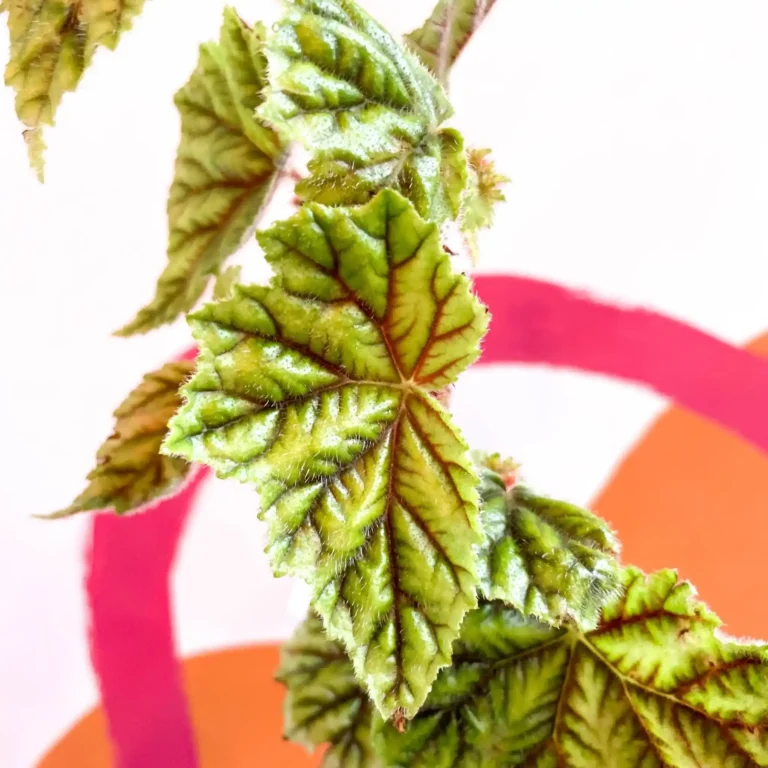
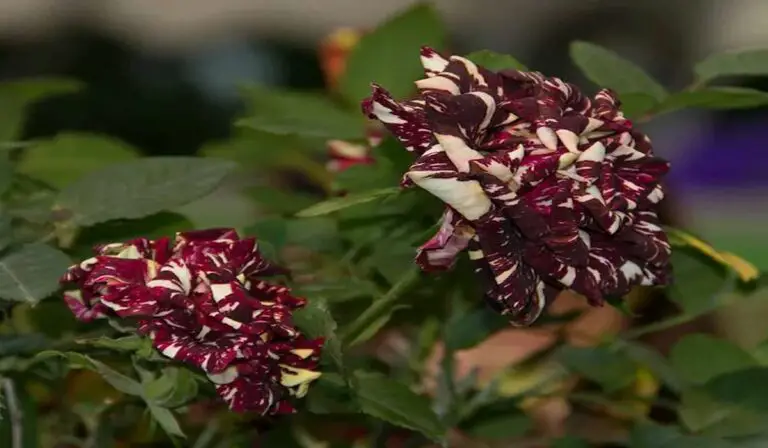
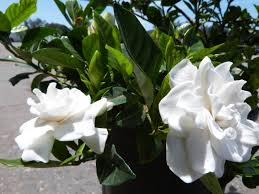
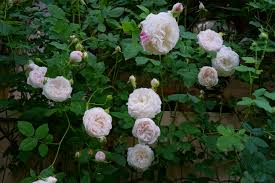
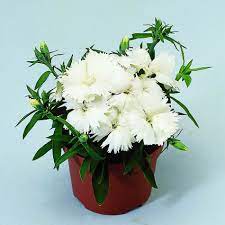
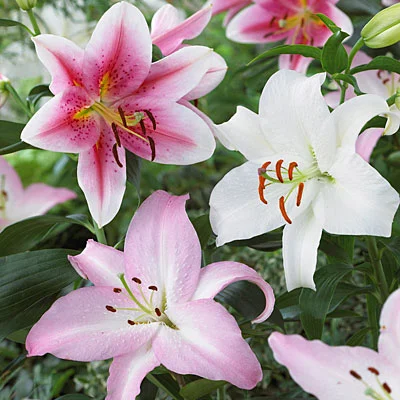

Can you be more specific about the content of your article? After reading it, I still have some doubts. Hope you can help me.